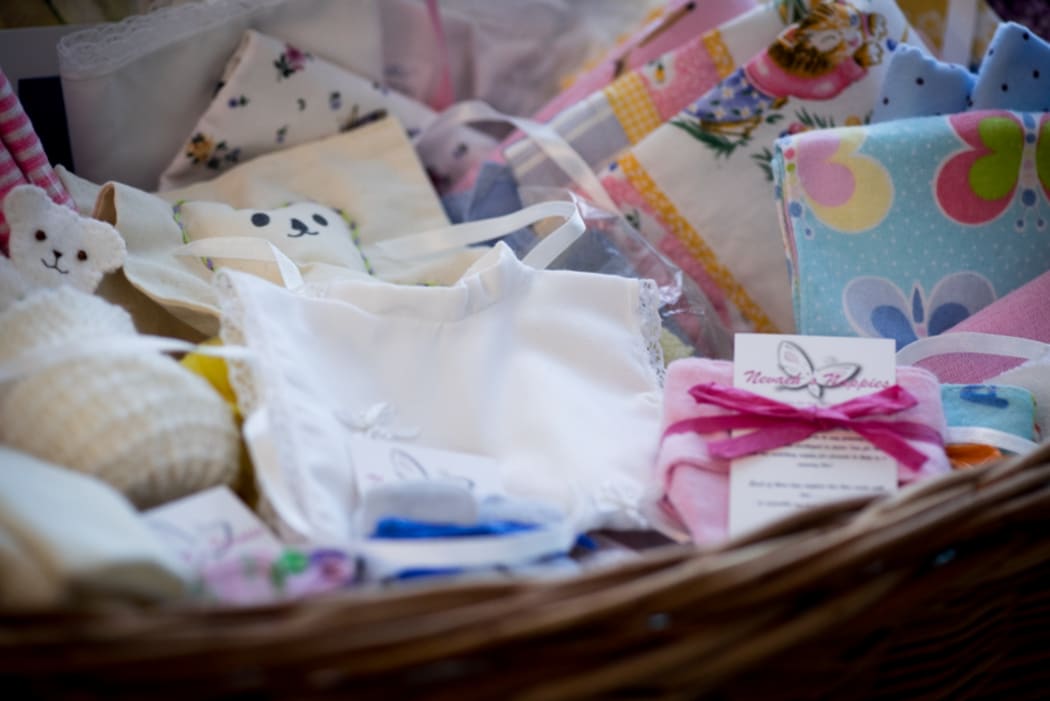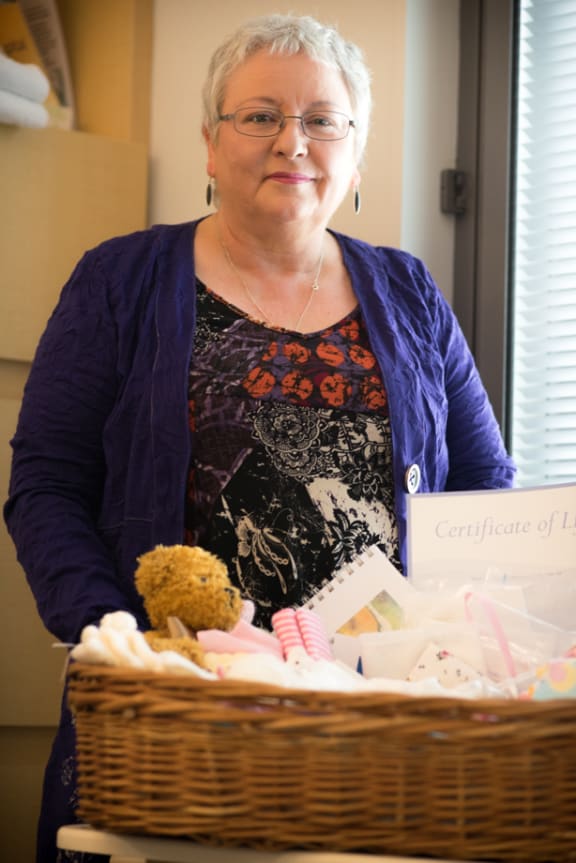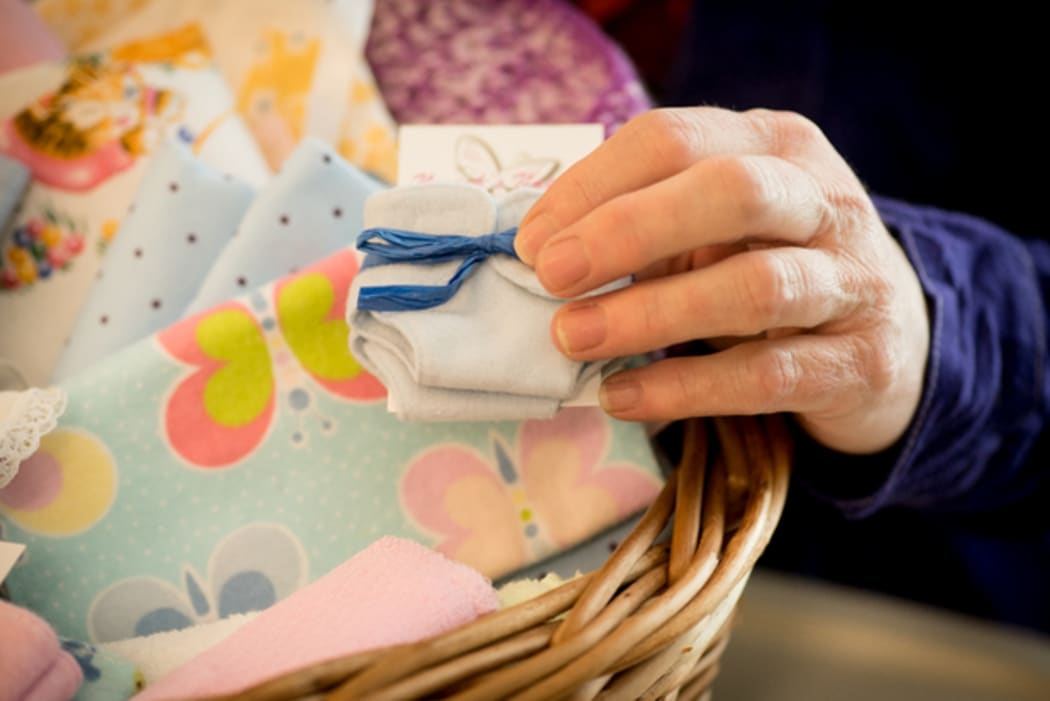by Sonia Sly
In a quiet unit situated away from the postnatal ward where women have given birth to healthy babies is the Pohutukawa Room.
Lavender permeates the air and light from a well-lit window draws focus to a welcoming basket filled with an assortment of hand-crafted items ranging from cuddle rugs to teddy bears, kaftan-like gowns in various sizes and the tiniest brushed cotton nappies you can imagine.
It's a space dedicated to women experiencing the loss of a baby as a result of stillbirth or other complications during pregnancy and feels more like a retreat in contrast to the stark and sterile atmosphere of a standard hospital pod.
In New Zealand, there are around 600 perinatal deaths per year – almost half of those are stillbirths, 139 include terminations for fetal abnormality and the remaining are a combination of early neonatal (5 - 7 days after birth) and late neonatal deaths (8 - 28 days after delivery).
"The grief of losing a child remains long after your baby is gone," says Joan Curle who is responsible for setting up the basket system, as a result of becoming a volunteer for Sands New Zealand 24 years ago.
The nationwide, parent-run organisation offers support to families who are dealing with baby and infant loss.
Curle saw the need for personal touches to be put in place to humanise an otherwise emotionally testing and traumatic experience. She works closely with the midwives at Wellington Hospital to ensure that parents get the additional support and that the baskets are used effectively.
Many of the items have been made by members of the community or bought through donations to Sands. The baskets assist with the grieving process, enabling families to create positive memories and feel supported.

A welcoming basket in the Pohutukawa Room is filled with an assortment of handmade goods. Photo: Sonia Sly
Visiting the hospital on a weekly basis, Curle replenishes the stock which now fills a floor to ceiling unit next to the Pohutukawa room.
Hospitals around the country have different approaches to dealing with neonatal and infant loss, and Curle says that continuity of support across all hospitals in different regions would benefit families.
“The [emotional] pain was tremendous,” says Curle of losing not one, but several babies of her own.
“I used to say that if somebody had shoved a knife in my chest, that it would have been less painful.”

Joan Curle has been contributing towards positive change at Wellington Hospital. Photo: Sonia Sly
Curle's experience of losing her first son, Andrew, who passed away 12 hours after an emergency C-section resulting from a placental abruption, ignited her drive towards change.
“He died in neonates so they put clothes on him, and the next day they insisted on taking him to the mortuary where the midwife took his clothes off and left him in a little blue singlet…I just thought that it was cruel and that just stayed with me,” she says.
Curle also tells of an experience of undergoing a D&C (dilation and curettage) where the baby is taken out by scraping the lining of the uterus, leaving what would have been a fully-formed fetus, no longer be intact.
“Had I known what they were going to do, I never would have said yes.”
Despite lacking the confidence and knowledge to speak up during her own experiences, now Curle empowers families to create positive memories and have the choice to parent their babies, before and after death.
“It’s about giving them options, and what I call 'grief done well',” she says.
Hear four parents talk about their grieving process in No Heartbeat - Coping with the Loss of an Infant


